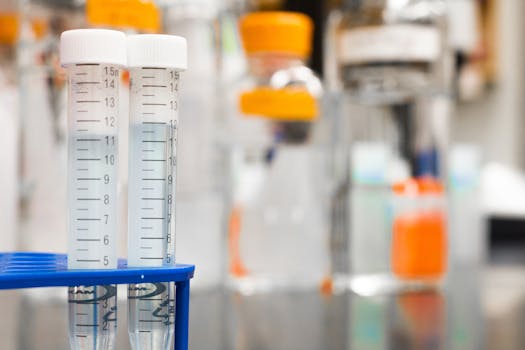New Product Market Testing: Validate Your Concepts and Minimize the Risk of Failure Through Careful Research
In today’s fast-paced business environment, launching a new product can be both an exciting and daunting endeavor. With the potential for high rewards comes the risk of significant losses if the product fails to resonate with consumers. This is where new product market testing comes into play. By validating concepts through careful research, businesses can minimize the risk of failure and increase their chances of success.
The Importance of Market Testing
Market testing is a critical step in the product development process. It allows businesses to gather valuable insights about their target audience, assess market demand, and refine their product offerings before a full-scale launch. Here are some key reasons why market testing is essential:
- Understanding Consumer Needs: Market testing helps identify what consumers truly want, allowing businesses to tailor their products accordingly.
- Reducing Financial Risk: By testing concepts before launch, companies can avoid costly mistakes and allocate resources more effectively.
- Enhancing Product Features: Feedback from potential customers can lead to improvements in product design and functionality.
- Validating Pricing Strategies: Testing can reveal how much consumers are willing to pay, helping businesses set competitive prices.
Types of Market Testing
There are several methods of market testing that businesses can employ, each with its own advantages and disadvantages. Here are some common approaches:
- Surveys and Questionnaires: These tools can gather quantitative data from a large audience, providing insights into consumer preferences and behaviors.
- Focus Groups: Bringing together a small group of potential customers allows for in-depth discussions and qualitative feedback on product concepts.
- Prototype Testing: Creating a prototype or minimum viable product (MVP) enables businesses to test functionality and gather user feedback before full production.
- A/B Testing: This method involves comparing two versions of a product or marketing strategy to determine which performs better in the market.
Case Studies: Successful Market Testing
Several companies have successfully utilized market testing to refine their products and achieve success. Here are a couple of notable examples:
1. Dropbox
Dropbox, a cloud storage service, initially launched with a simple video that explained its concept. The video served as a form of market testing, gauging interest before the product was fully developed. The response was overwhelmingly positive, leading to a successful launch and rapid user growth. This approach allowed Dropbox to validate its concept without significant upfront investment.
2. Coca-Cola’s New Coke
In the 1980s, Coca-Cola introduced “New Coke” after conducting taste tests that suggested consumers preferred a sweeter formula. However, the backlash was immediate, and the company quickly reverted to its original recipe. This case highlights the importance of not only testing product features but also understanding brand loyalty and consumer sentiment.
Statistics Supporting Market Testing
Research indicates that effective market testing can significantly improve product success rates. According to a study by the Product Development and Management Association (PDMA), companies that engage in market testing are 50% more likely to achieve their product goals compared to those that do not. Additionally, a survey by Nielsen found that 76% of new products fail to meet sales expectations, underscoring the need for thorough testing before launch.
Best Practices for Effective Market Testing
To maximize the benefits of market testing, businesses should consider the following best practices:
- Define Clear Objectives: Establish what you want to learn from the market test to guide your research effectively.
- Choose the Right Audience: Ensure that your test group accurately represents your target market for more relevant insights.
- Be Open to Feedback: Embrace constructive criticism and be willing to make changes based on consumer input.
- Iterate and Refine: Use the insights gained from testing to continuously improve your product before launch.
Conclusion
New product market testing is an invaluable tool for businesses looking to validate their concepts and minimize the risk of failure. By understanding consumer needs, reducing financial risk, and enhancing product features through careful research, companies can significantly increase their chances of success. The examples of Dropbox and Coca-Cola illustrate the importance of thorough testing and the potential consequences of neglecting this critical step. By implementing best practices and leveraging various testing methods, businesses can navigate the complexities of product development with greater confidence and clarity.
